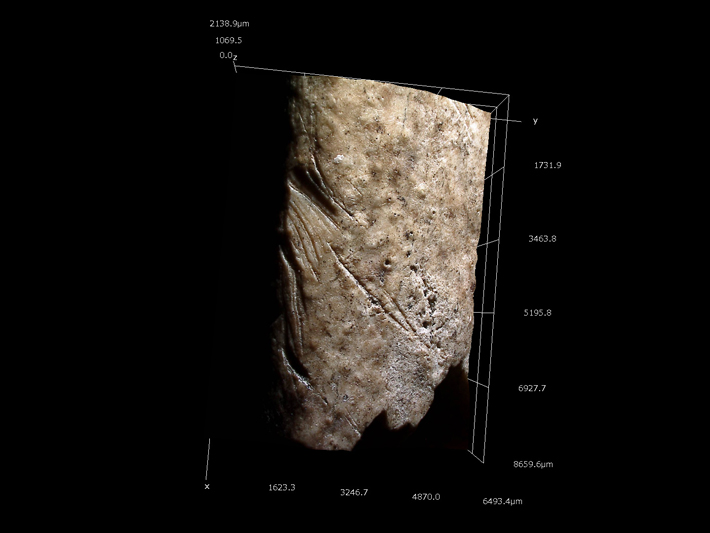
TEL AVIV, ISRAEL—According to a Haaretz report, cut marks on a Paleolithic swan bone found in Qesem Cave suggest that hominins left the marks when they removed feathers from its wings sometime between 420,000 and 200,000 years ago. The research team, led by Ruth Blasco of Spain’s National Research Center on Human Evolution (CENIEH) and Avi Gopher and Ran Barkai of Tel Aviv University, noted that the bone, known as the carpometacarpal, is effectively meatless. “We have no idea where the swan’s other bones got to,” Barkai explained. “But the special aspect is that there was nothing to eat on that bone. The only thing they could do with it is remove its feathers.” Other bones from the animal have not been recovered from the cave. The rest of the bird might have been butchered and eaten outside of the cave, so the wing feathers taken into the cave might have served a ritual purpose, Barkai added. To read more about archaeology in Israel, go to "Letter from the Dead Sea: Life in a Busy Oasis."










